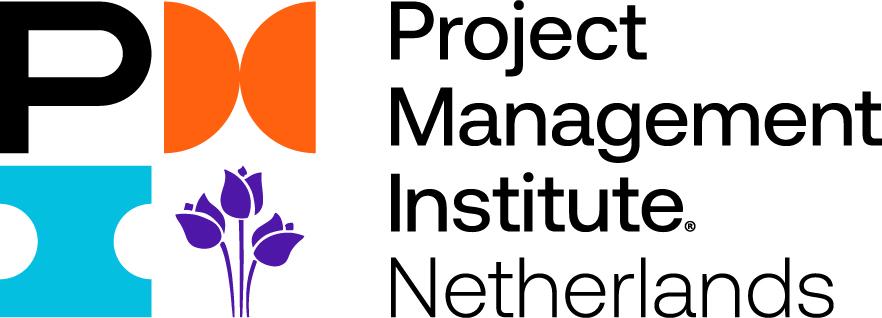August 03 2020 at 03:00PM
A First Look Under the Hood of The PMBOK® Guide – Seventh Edition
A new edition of the PMBOK® Guide is due out before the end of the year. Find out about the planned change and what hasn't changed in this preview of the influential resource.
Every few years, PMI updates the PMBOK® Guide. This resource is widely viewed as one of the more influential documents in the project management field, so there’s usually a lot of anticipation—and speculation—around a new version. The PMBOK® Guide - Seventh Edition, due out in the fourth quarter, is no exception, and we’ve been receiving many questions from members as to what they can expect. Most of the questions fall into one of three buckets:
- Why are you making these changes?
- What are you changing?
- How will I benefit from these changes?
Before I answer these questions, it’s important to remember that the PMBOK® Guide is really two documents in one: The Standard for Project Management—the consensus-based standard for the profession, which carries the ANSI designation—and A Guide to the Project Management Body of Knowledge, which provides a framework for applying the Standard using the broad body of knowledge within the profession of project management.
Why Change?
The impetus for updating the PMBOK® Guide had been building for several years. Rapid enhancements in technology and the need for organizations and practitioners to more quickly adapt to changes in the market has caused our profession to evolve. Practitioners are now tasked with identifying the right delivery approach (predictive, agile, or hybrid) to get the job done and deliver value. To make sure the PMBOK® Guide - Seventh Edition remains relevant, it must reflect this flexibility and assist the practitioner in managing the project at hand to deliver outputs that enable envisioned outcomes.
This was reinforced by what we heard from a wide range of professionals around the world—if PMI wants to remain relevant and continue to meet the needs of customers and the professional community, we had to update our approach to both the Standard and the Guide portion.
We feel a great responsibility to ensure the PMBOK® Guide is relevant and meets the needs of all customers in a swiftly changing landscape. So, the new edition is different from previous editions in several significant ways.
What’s Changing?
Perhaps most important, the updated Standard adopts a principles-based format in order to be more inclusive of the full range of approaches to value delivery—not just the predictive approach traditionally associated with project management. We must respect the project professional’s right to choose the correct approach for the project at hand—whether that’s predictive, agile, adaptive, or a hybrid approach.
The 12 governing Principles in the Standard are built around a set of statements that best summarize the generally accepted actions and behaviors of project management practice regardless of development approach. The Principles provide broad parameters within which project teams can operate and remain aligned with the intent of the Principle.
The seventh edition of the Guide builds on the Standard and is structured not around Knowledge Areas and ITTOs but around Project Performance Domains, a group of related activities that are critical for the effective delivery of project outcomes. The Domains include important management practices but are not prescriptive “how to’s.” Each section explains why the specific domain is important for effective project management.
The Guide also has an expanded section on tools and techniques titled Models, Methods, and Artifacts. In-depth information about how to apply these tools and techniques by project type, development approach, and industry sector is presented on a new, digital platform called PMIstandards+™. In fact, the entire PMBOK® Guide - Seventh Edition will launch with a digital and interactive element, delivered through PMIstandards+™.
But there are certain features of the Seventh Edition that are definitely not changing. The goal is for the Standard portion of the PMBOK®Guide to continue to carry the ANSI designation, and our development process for the Standard is therefore in full alignment with the ANSI Essential Requirements as incorporated in PMI’s Policy for the Development and Coordination of American National Standards. It’s the same process we follow for the revision of The Standard for Program Management, The Standard for Portfolio Management, and our other standards.
How You’ll Benefit
Our ultimate goal with the Seventh Edition, of course, is to make your job easier—to give project management professionals like you greater flexibility to be proactive, innovative, and nimble in response to change—whether it’s disruption from a new technology, competitors, or from a health crisis like COVID-19.
That’s why our new format reflects foundational principles of our practice, rather than a prescriptive approach. We believe this new format better reflects current and future practitioners’ needs and will remain relevant as practitioners identify the most appropriate approaches to bringing about intended outcomes.
Our new digital format also will enable easier access, more options for providing feedback, shorter update cycles, and new original content by subject matter experts. You’ll have access to a richer, deeper set of resources to put the standards into practice with tools and techniques for managing various aspects of project management.
There’s still much work to be done before the PMBOK® Guide - Seventh Edition is ready for publication later this year. But we couldn’t be more excited about its new direction—particularly the new principle-based format of the Standard and our new digital platform. We believe the Seventh Edition reflects a more open and real-world approach to project management that will serve all of us well as we continue to advance our profession in the years ahead.
Learn more here about the PMBOK® Guide - Seventh Edition.



